Have you heard of Arakawa Ward in Tokyo? It is one of the 23 wards of the city, known for its diverse and unique neighbourhoods. Each area within Arakawa offers its own charm and attractions, making it a fascinating place to explore. Whether you are interested in historical sites, cultural experiences, or modern amenities, Arakawa Ward has something for everyone.
Arakawa Ward is a blend of traditional and contemporary Tokyo, featuring everything from serene parks to bustling markets. The neighbourhoods each have their own character, from the quaint charm of Minami-Senju to the vibrant energy of Machiya. If you’re curious about the best things to do in Arakawa, this guide will help you uncover hidden gems and popular spots alike.
The history of Arakawa Ward is rich and varied, reflecting the broader history of Tokyo itself. You can explore historic temples, visit local museums, and enjoy traditional festivals that bring the past to life. For accommodation, Arakawa offers a range of options, from traditional ryokan inns to modern hotels, ensuring a comfortable stay no matter your preference.
For those planning a visit or simply wanting to learn more, our comprehensive guide to Arakawa Ward provides all the information you need. Discover the best places to eat, shop, and relax, and find out why this ward is a beloved part of Tokyo. Whether you’re a first-time visitor or a seasoned traveller, Arakawa Ward has much to offer, and this guide is your key to making the most of your experience.
A Quick Primer to Arakawa Ward

Arakawa-ku, a downtown area at sea level, stretches from Kan-eiji Temple in Ueno, intended to seal off the demon’s gate in central Tokyo, to the Nikko Kaido Road. Arakawa-ku borders Taito-ku, Adachi-ku, and Kita-ku, forming part of the downtown area, though its size is relatively small. Most of Arakawa lies outside the Yamanote Line, except for a small section in Nippori.
Historically, Arakawa Ward was a farming area until the Edo period (1603-1868), when the “Kozukahara Penitentiary” was established in Minami Senju, leading to numerous executions. The name “Kotsudori” originates from bones of criminals found in the soil after rainstorms washed away the top layer. After the Meiji era (1868-1912), industrialisation transformed Arakawa into a suburban industrial zone and a residential area.
Despite its name, no Arakawa River flows through the district because the Sumida River was originally called Arakawa before the Arakawa Drain was constructed. The construction of the Arakawa Spillway, along with the establishment of numerous slaughterhouses and industries related to leather and oil, attracted many Korean labourers from the Korean Peninsula, forming the foundation of Mikawashima Korea Town, one of Tokyo’s oldest Korean communities.
Living in Arakawa Ward

Arakawa Ward, a downtown area of Tokyo, has a traditional feel, with the older generation remaining in a world reminiscent of days gone by. Arakawa’s significant Korean population, particularly in Mikawashima, means various minority human rights groups, such as the Korean Confederation of Trade Unions and the Buraku Liberation League, exert strong political influence.
The ward features the Toden Arakawa Line streetcars, Showa-era amusement parks like Arakawa Amusement Park, and affordable, delicious Chinese and okonomiyaki restaurants. Arakawa Ward offers a nostalgic charm, especially for those who appreciate the Showa era.
History of Arakawa Ward
Arakawa-ku was established in 1932 through the merger of Minami-Senju, Mikawashima, Nippori, and Oku. Historically, much of the district was once underwater, with only Nippori being land. During the Edo period, Senjujuku on the Nikko Kaido Highway attracted visitors, and Nippori became a popular recreational area known as “Higurashi no Sato.”
The area was also a farming village, famous for Shioiri Daikon and Arakida Daikon. After the Meiji period, the district developed into an industrial zone with the construction of large factories, including the government-operated Senju Mill, taking advantage of the Sumida River’s water transportation. The Tokyo Metropolitan Electric Railway, now a district symbol, opened during the Taisho era. Following the Great Kanto Earthquake, farmland converted to residential land, furthering the district’s commercial and industrial growth.
Characteristics of Arakawa Ward

Arakawa Ward is known for the Metropolitan Electric Railway, artisans, and the textile district. The Toden Arakawa Line, a convenient 4-kilometer route between Minowabashi in Arakawa Ward and Waseda in Shinjuku Ward, features nostalgic yellow streetcars and retro designs. Recently, the Nippori-Toneri Liner, a guided-gauge railroad running on rubber tires, has also become a popular mode of transportation.
Craftsmanship in Arakawa Ward
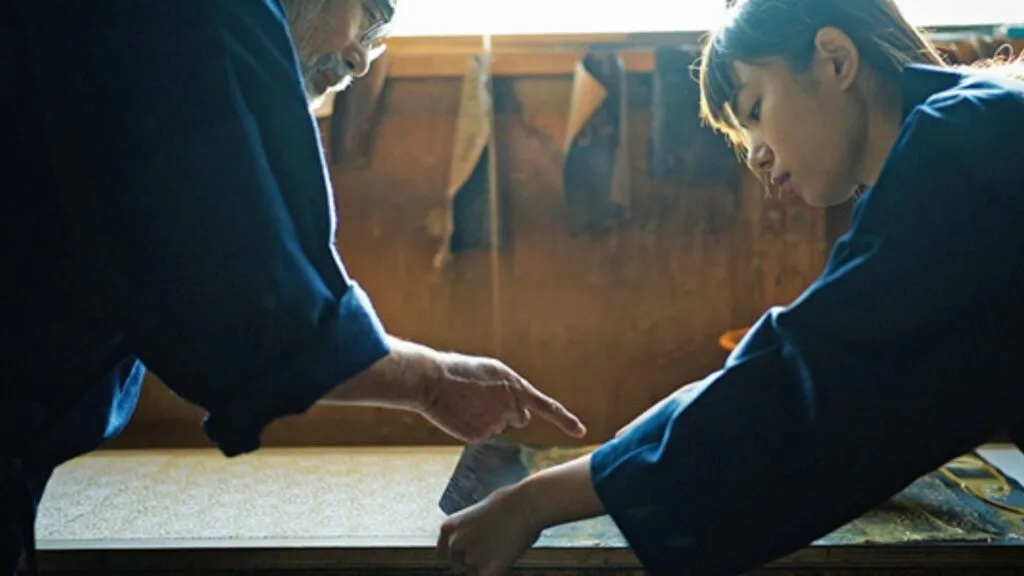
Arakawa Ward is popular for its artisans, many of whom have practiced their traditional skills since the Edo period and are registered as holders of intangible cultural assets. Every December, the “Traditional Crafts Exhibition” showcases demonstrations and sales by these craftspeople. While many old factories have been replaced by condominiums, the town still preserves these traditional techniques.
Areas and Stations of Arakawa Ward
Along the JR Line
Nippori 日暮里

Nippori is a significant terminal station, hosting the Keisei Line (including the Skyliner to Narita Airport), JR Yamanote, Keihin Tohoku, Joban Lines, and the Nippori Toneri Liner. East of the station lies the textile wholesale district and Korea Town, while the west features Yanaka Teramachi and Yanaka Ginza Shopping Street.
Nishi-Nippori 西日暮里
Built for residents along the Joban Loop Line and connected to the Chiyoda subway line, Nishi-Nippori is close to the famous Kaisei Junior and Senior High Schools and the butcher shop of swimmer Kosuke Kitajima’s family. Rent is the cheapest along the Yamanote Line here.
Mikawashima 三河島

This station features one of Tokyo’s oldest Korean markets, with various Korean restaurants and bars.
Minami-Senju 南千住
Home to Kaikyoin Temple and the Kubukiri Jizo, Minami-Senju offers historical sites and upscale eel restaurants like “Ohana.” The Shioiri district’s redevelopment has attracted many families.
Oku 尾久

While located near Kita-ku, Oku is within walking distance of Nishi-Oku and the Arakawa Amusement Park.
Along the Subway Line
Minowa 三ノ輪

Although situated in Taito Ward, Minowa is close to Minami Senju, Arakawa Ward, and features the historically significant Jokan-ji Temple.
Machiya 町屋

This popular town is served by the Chiyoda Line, the Keisei Line, and the Toden Arakawa Line. Notable landmarks include the Machiya Saiban funeral hall, various Communist Party posters, and a labyrinth of wooden row houses.
Along the Toden Arakawa Line
Minowabashi 三ノ輪橋

The last stop on the Toden Arakawa Line, Joyful Minowa, is an arcade street with a nostalgic atmosphere. However, its business hours primarily cater to housewives.
Arakawa-Kuyakusho-Mae Station 荒川区役所前
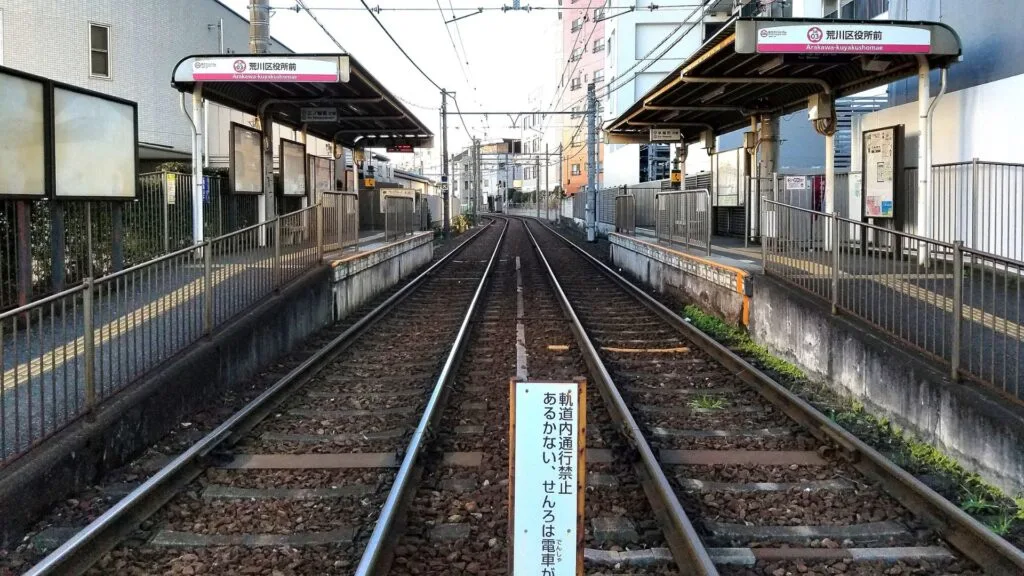
Known for “Koeiken,” a Chinese restaurant serving large portions, and the Arakawa Ward Office building.
Arakawa 2-chome 荒川二丁目

Features Arakawa Nature Park and various factories related to leather, oil, and fat.
Kumanomae 熊野前
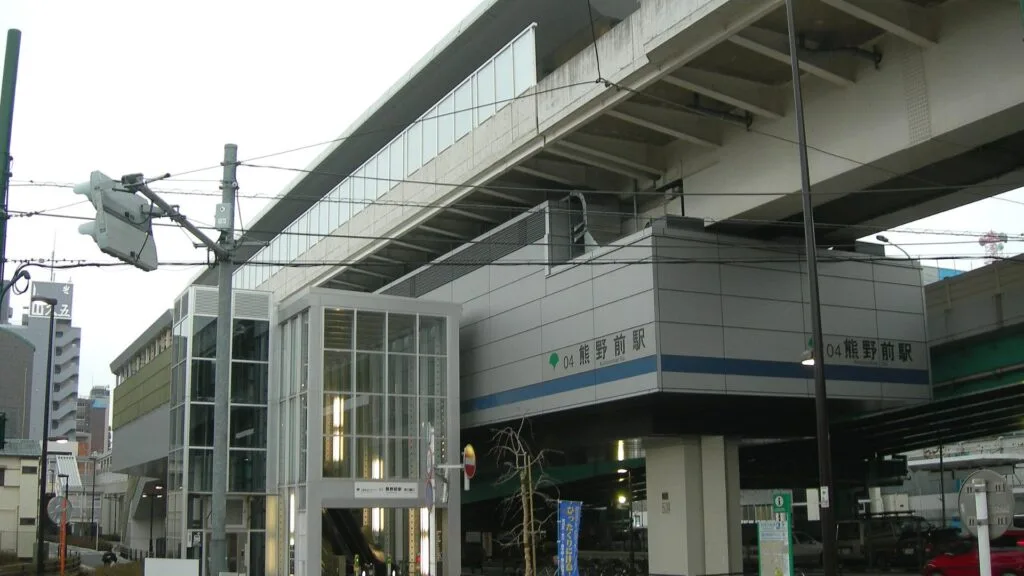
Transfers to the Nippori-Toneri Liner, with the Tokyo Metropolitan University Arakawa Campus nearby.
Miyanomae 宮ノ前

This area features shopping districts.
Arakawa Amusement Park 荒川遊園地前
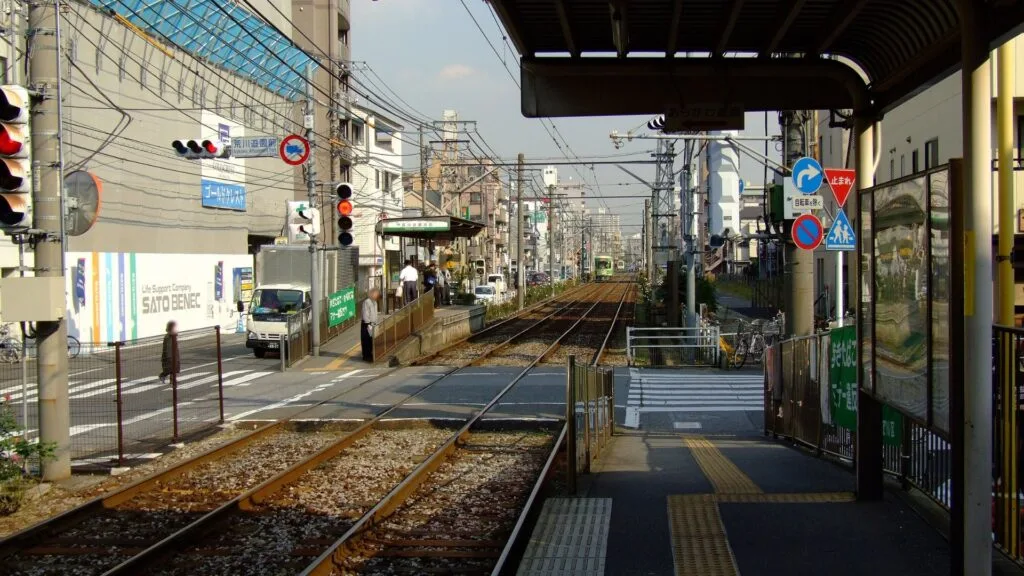
The nearest station to Arakawa Amusement Park, Tokyo’s only public amusement park, established in 1922.
What to Do in Arakawa Ward
Entsūji 円通寺

A five-minute walk from Minowa Station, Entsūji is a Soto Zen temple founded in 791. It features historical sites such as the “Kuromon Gate” with bullet holes from the Boshin War and a 12-meter-high golden statue of Kannon.
Find out more about here Entsūji on Google maps.
Shioiri Park 都立汐入公園

A metropolitan park with an observation deck, a lawn, and a popular playground complex called “Twin Towers.”
Find out more about here Shioiri Park on Google maps.
Nippori Fabric Town 日暮里繊維街

Stretching about 1 km, this textile district offers a variety of fabrics and textile products.
Find out more about here Nippori Fabric Town on Google maps.
Yūyake Dandan 夕やけだんだん

A staircase leading to Yanaka Ginza shopping street, known for its beautiful sunset views and numerous cats.
Find out more about here Yūyake Dandan on Google maps.
Susanoo Shrine 素盞雄神社

Built in 795, this shrine is famous for its annual Tenno Festival in June.
Find out more about here Susanoo Shrine on Google maps.
Beheading Jizo 延命寺の首切り地蔵(小塚原刑場跡)
Located near JR Minami-Senju Station, this site was one of Edo’s major execution grounds. Today, it houses “Enmei Jizo” and monuments related to historical figures.
Find out more about here Beheading Jizo on Google maps.
Arakawa Amusement Park あらかわ遊園

A family-friendly amusement park with rides, an “Animal Plaza,” and a “Fishing Plaza,” established in 1922.
Find out more about here Arakawa Amusement Park on Google maps.
Toden Omoide Hiroba (Toden Memorial Square) 都電おもいで広場

This train museum features old Toden cars and a diorama of the 1950s, offering free admission on weekends.
Find out more about here Toden Omoide Hiroba on Google maps.
Arakawa Natural Park 荒川自然公園
The largest park in Arakawa Ward, built above a sewage treatment plant, offers various recreational areas and sports facilities.
Find out more about here Arakawa Natural Park on Google maps.
Nurie Art Museum ぬりえ美術館
This museum showcases a variety of colouring pictures, with a space for visitors to enjoy colouring.
Find out more about here Nurie Art Museum on Google maps.
Joyful Minowa Shopping Street ジョイフル三の輪商店街
An old-fashioned shopping arcade with about 40 stores offering a range of inexpensive and delicious foods.
Find out more about here Joyful Minowa Shopping Street on Google maps.
Arakawa Furusato Bunkakan 荒川区立 荒川ふるさと文化館

This museum features exhibits on the history and culture of the Arakawa River, including a reconstruction of 1966 alleys and houses.
Find out more about here Arakawa Furusato Bunkakan on Google maps.
Suwa-jinja Shrine 諏方神社

Built in the Motokyu era, Suwa Shrine is revered as the guardian of Nippori and Yanaka, with an annual grand festival every three years.
Find out more about here Suwa-jinja Shrine on Google maps.
Recommended Accommodations in Arakawa Ward
Guest House Wagokoro (3 Stars)
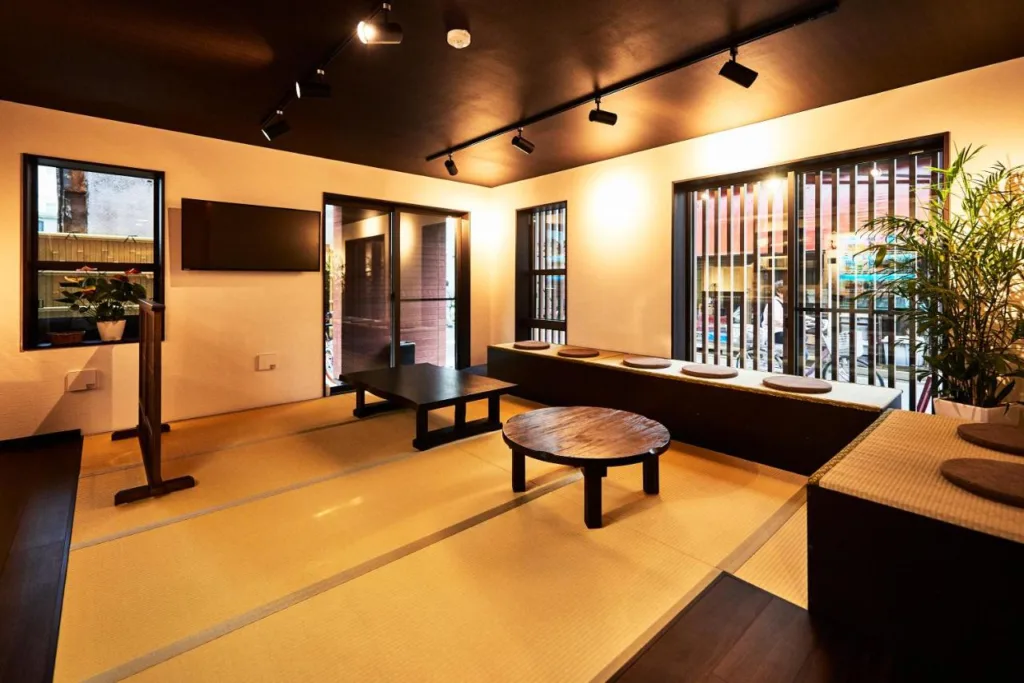
Opened in August 2017, this modern Japanese-style guest house is an 8-minute walk from JR Nippori Station, offering convenient access to major Tokyo stations and Narita Airport.
ホテル東京トリップ Hotel Tokyo Trip (3 Stars)

Located in the Arakawa district, this hotel is close to various attractions, including Kyoouji Temple and the Asakura Museum of Sculpture.
Sea-Pro (1 Star)

Situated near Nippori Fabric Town, this accommodation offers air-conditioned rooms with free WiFi and a paid airport shuttle service.
Almont Hotel Nippori (3 Stars)
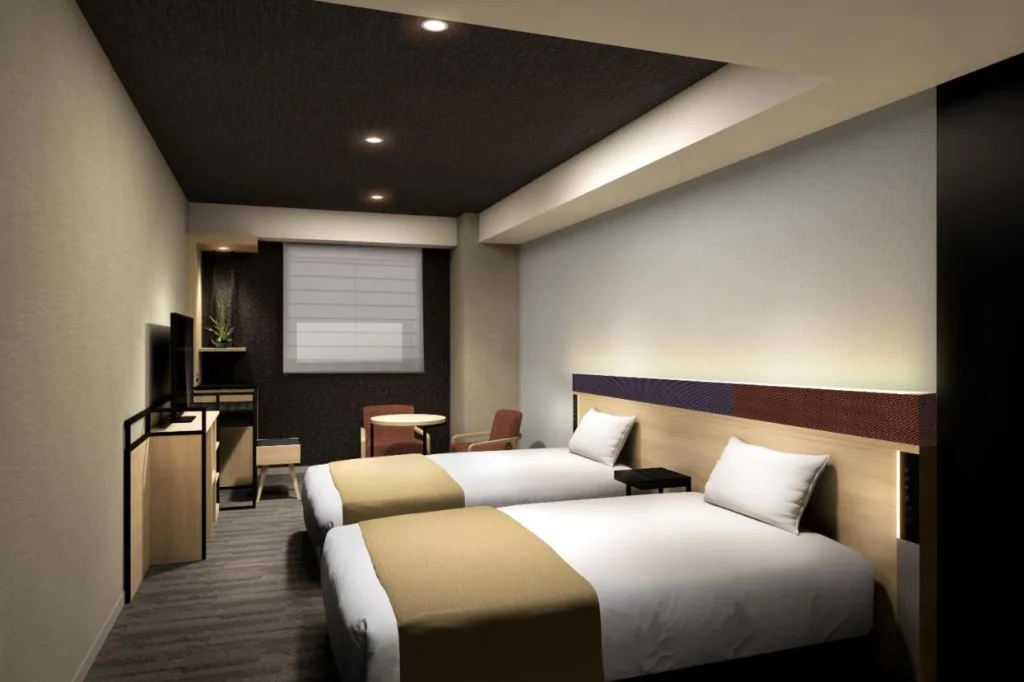
Centrally located in the Arakawa district, close to Nippori Fabric Town and Tennoji Temple.
Hotel Sunny (2 Stars)

Conveniently located in front of Nippori Train Station, offering direct access to Narita Airport and other major Tokyo areas.
The Light Inn Tokyo (3 Stars)
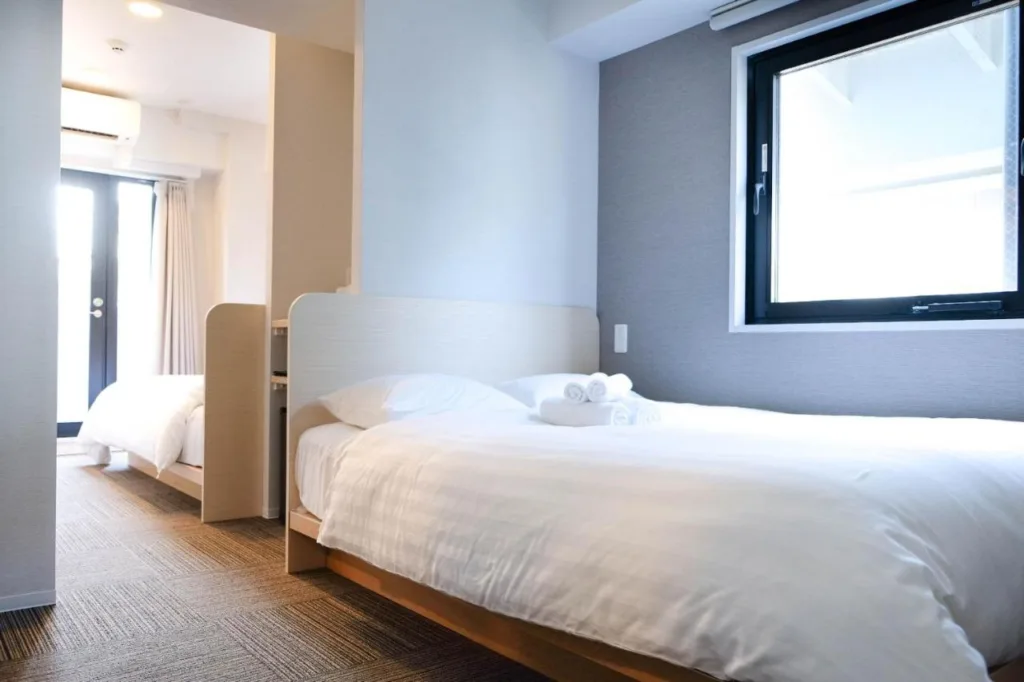
Located near various cultural attractions, this hotel offers comfortable rooms with free WiFi.
都電屋 TodenHotel (2 Stars)

Featuring a restaurant and bar, this hotel is situated near Jokanji Temple and other local attractions.
Randor Residence Tokyo Suites (3 Stars)

Randor Residence is close to Sunpop Machiya and other points of interest in the Arakawa district.
ART HOTEL Nippori Lungwood (3 Stars)
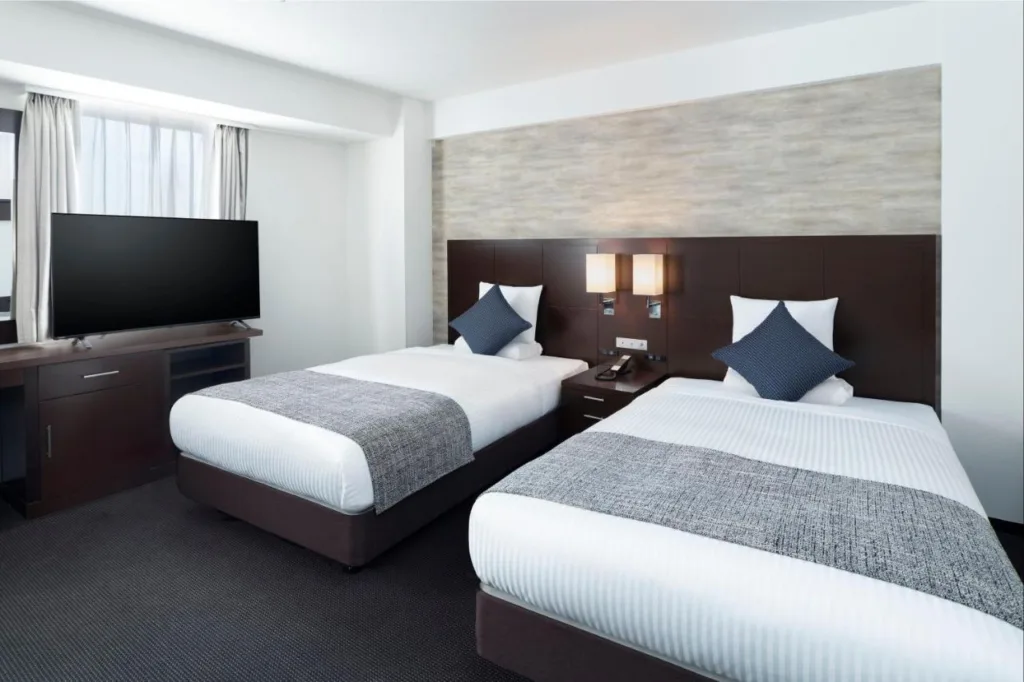
Just a minute’s walk from JR Nippori Train Station, this hotel offers easy access to major Tokyo attractions and Narita Airport.
Exploring Arakawa Ward: A Historic Corner of Tokyo
What do you think about Arakawa Ward in Tokyo? Do you enjoy discovering the history and culture of this fascinating area? There is so much history and a plethora of unique activities to experience in this local neighbourhood of Tokyo. From the nostalgic streetcars of the Toden Arakawa Line to the vibrant Mikawashima Korea Town, Arakawa Ward offers a rich tapestry of experiences that cater to both history buffs and cultural enthusiasts.
Whether you are captivated by the tales of the Edo period, intrigued by the industrial transformation during the Meiji era, or simply looking to indulge in some delicious local cuisine, Arakawa has something to offer. The district’s blend of old-world charm and modern development creates a unique atmosphere that is both welcoming and intriguing.
If you’re interested in exploring Arakawa Ward for yourself, make sure to refer back to this blog for a comprehensive guide. From historical sites and traditional crafts to parks and amusement facilities, this blog provides all the information you need to make the most of your visit to this hidden gem in Tokyo. So, plan your trip and immerse yourself in the rich heritage and vibrant culture of Arakawa Ward.








